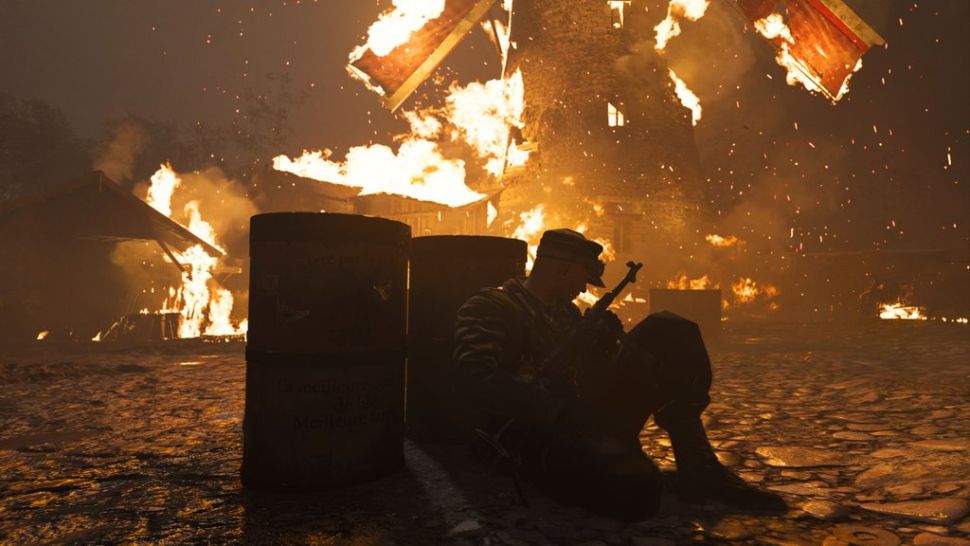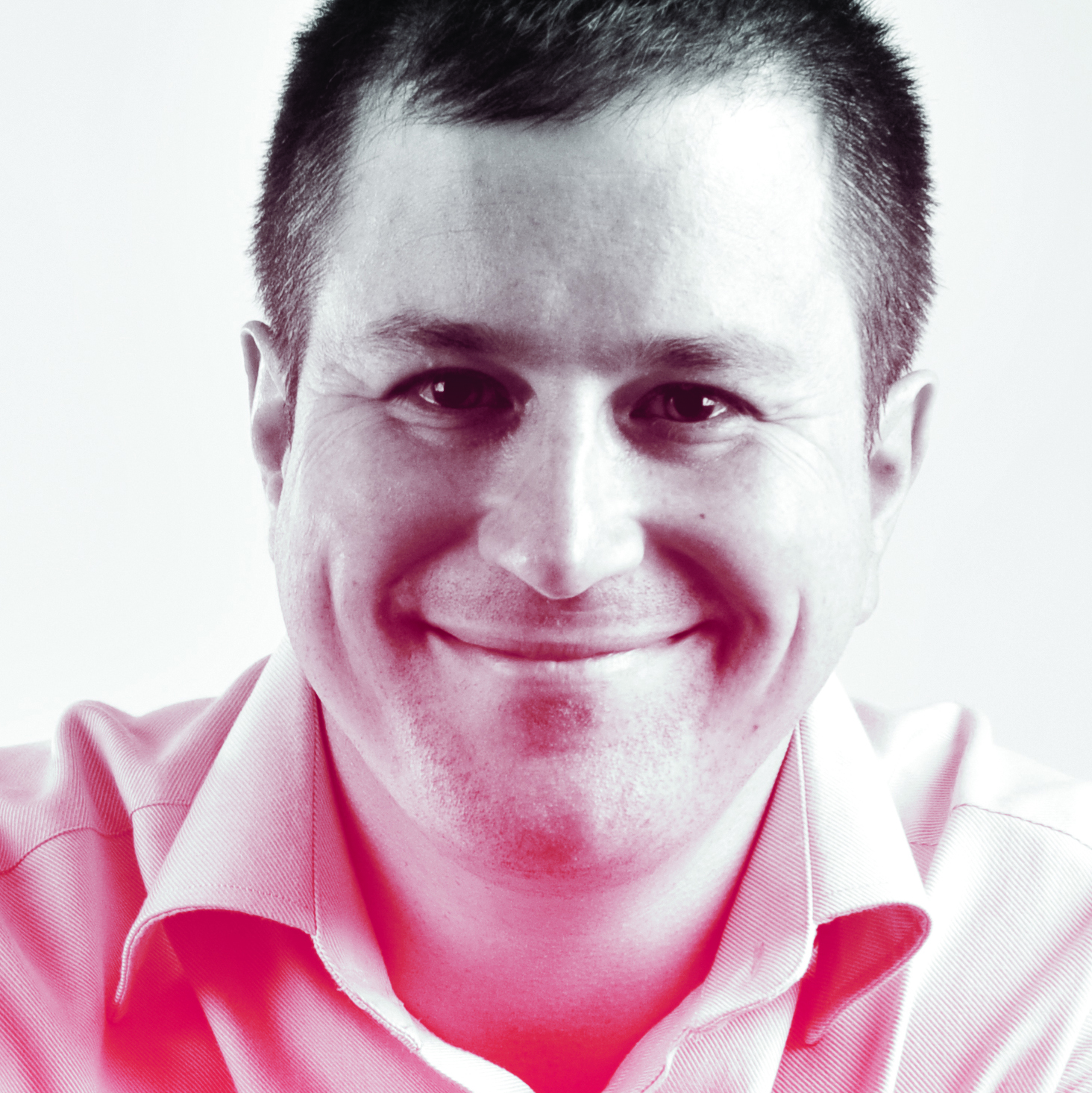
Call of Duty may be one of the biggest videogames franchises of the century. But makers Activision aren't resting on their laurels. And they've cooked up a quite imaginative stunt to promote their forthcoming release of Call of Duty: Vanguard.
The 18th installment in the series, the new game traces the birth of special forces to face an emerging threat at the end of World War Two. The graphics in this game are a big step forward, introducing newly photorealistic environmental details and textures. And to show just how realistic it all is, they've invited two working war photographers 'inside' the game to photograph it, just like they would a real conflict.
“We’ve created a virtual camera; it’s like a portal into the game engine,” says Michael Sanders, senior visual director at Activision. “Not only does it transcend them into the game engine, but back in time, as if they were a photographer there, in the period."
Veteran photojournalists
The two photographers enlisted for the stunt certainly have impressive credentials. Sebastiano Tomada is an Italian photojournalist known for documenting war in Afghanistan and conflicts in Libya, Syria, and the aftermath of the 2010 Haiti earthquake. Alex Potter, meanwhile, is a photographer and journalist from the USA working mostly in the Middle East with a long term focus on Yemen, Iraq, and divided communities.
In the video below, we see them taking virtual photos inside game scenes set in Northern Africa, Western Front and Berlin.
"I was impressed by how kinetic the game was, because everything is actually happening and moving around you," says Sebastiano. "This is what war looks like, this is what conflict looks like. This is it. This is real."
Alex was similarly won-over. "I felt like they were situations I would normally capture," she says. "It was very fascinating to be part of a type of battle that I’ve never been." Prints of four photos taken by the pair, shown on this page, are being sold to raise funds to help US military veterans.
The best camera deals, reviews, product advice, and unmissable photography news, direct to your inbox!
Comments below the video on YouTube and across social media have mainly focused on the tastefulness of the stunt – which seems a little odd to us, given that the game itself allows you to blow people's heads off in gory detail.
We'd argue, in fact, that putting you into the shoes of a war photographer, rather than a soldier, helps you to empathise more fully with the victims of war, as your prime motivation becomes to capture horrific moments, rather than cause them.
Is this the future of photography training?
More broadly, we're big fans of virtual photography in video games, and are excited that Activision is keen to push this discipline forward. While in-game photography is an art in itself, it does teach you a lot of skills, from composition to focal length, that you can apply to real world shooting.
To get started yourself, check out our roundup of the best videogames for virtual photographers. Also check out the YouTube series Photo Mode Perspective, which uses photo modes in video games to teach photography concepts.
Further into the future, we're wondering if graphics and screen resolution will reach a point where taking photos in a virtual world will become the best way of training as a photographer, especially in environments most people can't access that easily. Imagine taking a virtual cruise down the Zambezi to photograph wildlife, navigating the majestic scenes of the Antarctic, shooting from the press area of a sports event... the possibilities are endless.
See also
Best cameras for streaming
Best headsets - headphones with a mic
Tom May is a freelance writer and editor specializing in art, photography, design and travel. He has been editor of Professional Photography magazine, associate editor at Creative Bloq, and deputy editor at net magazine. He has also worked for a wide range of mainstream titles including The Sun, Radio Times, NME, T3, Heat, Company and Bella.



